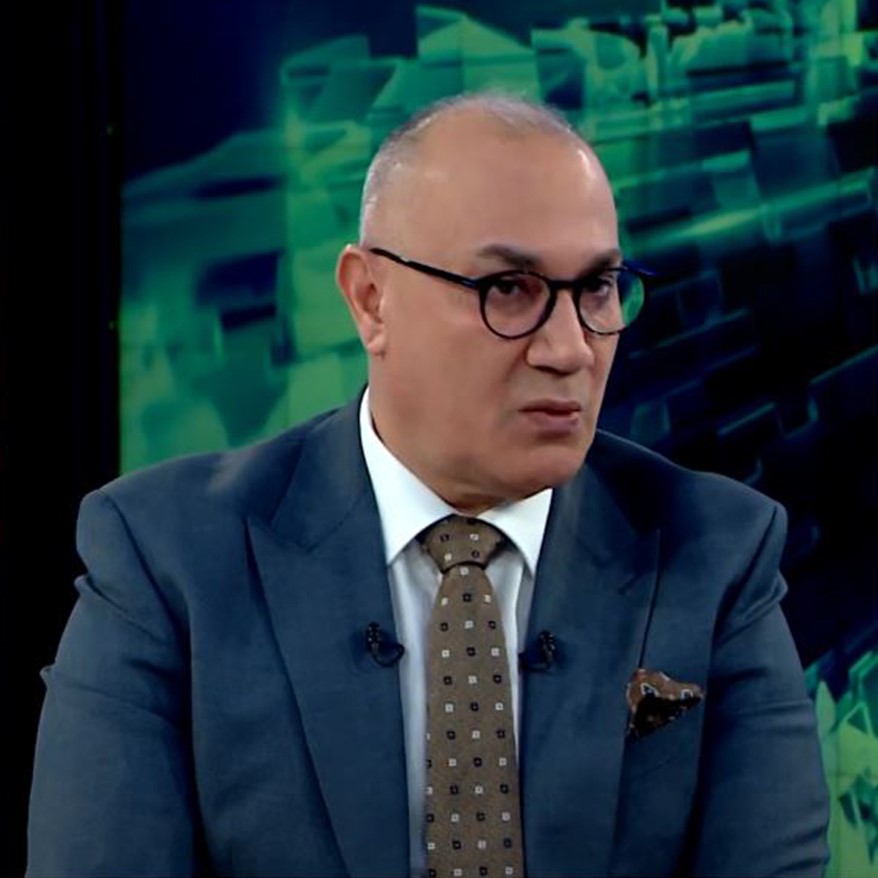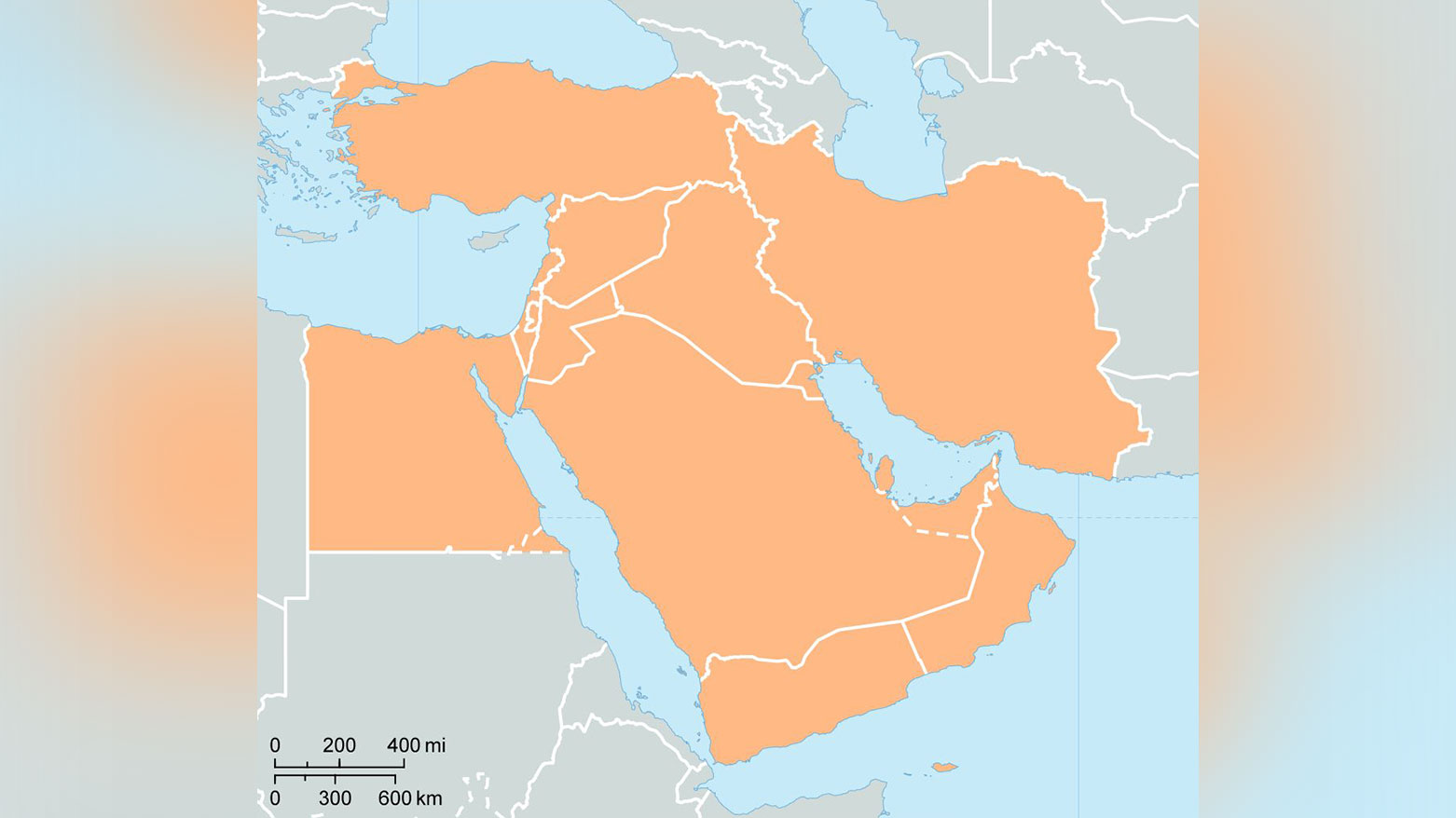
Mohammed Ihsan
Writer
The New Architecture of Mediation: How Regional Powers Are Rewriting Global Diplomacy

The global architecture of mediation is undergoing a structural transformation. The traditional dominance of superpowers and multilateral institutions, such as the United States and the United Nations, in brokering peace agreements is giving way to a new era in which regional actors, middle powers, and small but wealthy states, most visibly Qatar, Egypt, and Saudi Arabia, play central roles. The Gaza conflict illustrates this shift as more than a temporary substitution for great power mediation. It reflects a broader realignment in how legitimacy, access, and diplomatic leverage function in global politics.
This new mediation landscape contains several important tensions. These include the coexistence of neutrality and national interest, the interaction between legitimacy and vulnerability, and the balance between stabilization and fragmentation. Rather than contradictions, these tensions are fundamental dynamics of the emerging diplomatic environment.
Analytical Framework
1. Power and Capacity
A defining feature of the new regional mediators is their hybrid form of power.
They rely less on military or institutional strength and more on perceived neutrality, access to non state actors, and diplomatic credibility. Qatar and Egypt demonstrate different versions of this approach. Qatar draws on financial resources, political connectivity, and a focused diplomatic corps. Egypt benefits from geographic proximity to Gaza, control of the Rafah crossing, and longstanding intelligence networks. These factors provide forms of influence that distant actors cannot easily reproduce.
While Qatar’s mediation capacity is strongly supported by its financial resources and diplomatic agility, Egypt’s influence derives from a different kind of wealth. Egypt is rich in political history, institutional memory, and strategic positioning. Its long-standing involvement in regional diplomacy gives it a depth of experience that few states can match. Egypt has been a central actor in Arab politics for decades, maintains extensive intelligence networks, and possesses an embedded diplomatic culture shaped by its repeated roles in negotiating Arab-Israeli conflicts. This historical and institutional richness allows Egypt to operate not simply as a broker, but as a stabilizing anchor in regional crises. Where Qatar brings financial leverage and international connectivity, Egypt brings historical legitimacy, state capacity rooted in decades of regional engagement, and a unique form of geopolitical authority. These two forms of strength are different but complementary, and together they help explain why both states have become indispensable mediators in the Gaza conflict.
At the same time, these strengths exist alongside structural constraints. Smaller states can become overstretched, and their bureaucratic capacity is thinner than that of traditional superpowers.
2. Legitimacy and Trust
Regional mediators often enjoy a higher degree of trust from conflicting parties. Qatar maintains contact with actors such as Hamas and the Taliban, which gives it credibility rooted in access rather than coercive power. Its constitutional commitment to mediation reinforces this identity. Egypt’s long record of involvement in Gaza, as well as its role as a stabilizing regional actor, creates a different but equally important source of legitimacy.
Yet this legitimacy is sensitive to political changes. Accusations of bias, sudden shifts in proposals, or competition among regional states can erode trust rapidly. The simultaneous presence of deep trust and high vulnerability is a characteristic feature of the new mediation order.
3. Institutional Strategy
Regional mediators use both formal and informal tools.
Some, like Qatar, maintain dedicated mediation teams, technical experts, and increasingly complex bureaucratic structures. Others rely on personalized networks and confidential backchannels to communicate with warring parties. Economic incentives also play an important role. Reconstruction funds, humanitarian assistance, and post conflict investment promises often serve as diplomatic leverage.
This combination of structured institutions and flexible informal mechanisms can be effective, although it may also create inconsistencies or invite competition among mediators.
4. Geopolitical Rebalancing
The rise of regional mediation is closely linked to declining confidence in traditional external actors. Many parties perceive the United States and the United Nations as either too distant or too politically constrained to serve as effective mediators in certain conflicts.
Meanwhile, regional coalitions such as those within the Gulf Cooperation Council are becoming more active. Qatar, Egypt, Saudi Arabia, the United Arab Emirates, and Oman are increasingly involved in diplomatic conflict management. This expands the influence of regional players but also requires them to balance their broker roles with their relationships to global powers.
The result is a geopolitical landscape that offers more context specific diplomacy but simultaneously risks fragmentation, since multiple regional mediators may pursue overlapping or competing tracks.
5. Risks and Constraints
Regional mediators face several challenges.
Their capacity is inherently limited by the size of their foreign policy institutions. Their sovereignty may be politically threatened, as occurred during the Gulf blockade of Qatar. Their credibility can be undermined when negotiation terms appear to shift or when external actors accuse them of partiality. Competitive mediation among states such as Qatar, Egypt, and Saudi Arabia can also weaken coherence and reduce effectiveness.
Case Study: Gaza Conflict
The Gaza conflict illustrates both the potential and the limitations of the new mediation order.
1. Qatar’s Mediation Role
Qatar has been central to efforts to broker ceasefires, facilitate hostage releases, and maintain communication with Hamas leadership in Doha. It uses financial resources and reconstruction commitments as mediation capital. Despite coming under criticism or pressure, Qatar has repeatedly affirmed that mediation is part of its strategic identity. It has acted as a guarantor in recent ceasefire proposals and continues to expand its mediation apparatus. At times its credibility has been challenged when negotiations stall or when parties express dissatisfaction with its approach.
2. Egypt’s Role
Egypt has long experience mediating in Gaza. It possesses unique leverage through control of the Rafah crossing, intelligence channels, and geographic proximity. Egypt’s role extends beyond temporary ceasefires and often includes discussions about transitional governance arrangements. Coordination with Qatar is frequent, although not always seamless. Egypt has also faced criticism for adjusting terms during negotiations, which reflects how easily trust can be strained. Its mediation role is closely tied to its broader strategic interest in shaping Gaza’s political future.
3. Saudi Arabia and Other Gulf States
Saudi Arabia is becoming increasingly active in diplomatic mediation as part of its effort to strengthen its international profile. Other Gulf Cooperation Council states, including the United Arab Emirates and Oman, are similarly expanding their engagement in conflict resolution. The region now contains multiple centers of diplomatic activity, each with different priorities and styles of mediation.
4. Institutional and Strategic Considerations
Researchers note that Qatar and Egypt are working to shift from temporary ceasefires to more structured peace frameworks. Qatar’s focus on neutrality intensified after the 2017 blockade, reinforcing its reliance on diplomacy as a core foreign policy tool. The rapid expansion of its mediation infrastructure demonstrates both ambition and strain.
Broader Implications
The rise of regional mediators has significant consequences for global diplomacy. Traditional actors risk being sidelined in contexts where local or regional players have better access or higher credibility. New norms are emerging regarding who is considered a legitimate mediator, what kinds of compromises are possible, and how reconstruction is organized.
Although regional actors gain influence through mediation, they also become more exposed to political pressure and reputational risk. Sustainable peace requires more than short term truces. It requires governance arrangements, reconstruction frameworks, and political institutions that are acceptable to all parties.
Counterarguments and Challenges
Some critics argue that regional mediators lack the coercive power necessary to shape long term settlements. Others suggest that neutrality is difficult to sustain, since all mediators have their own national interests. Capacity limitations may restrict their ability to manage multiple crises. There is also a risk that efforts to shape post conflict governance could be interpreted as interference in sovereignty.
Conclusion and Strategic Takeaway
The rise of small but strategically significant regional states as mediators represents an important shift in global diplomacy. It brings new forms of legitimacy and access, along with new vulnerabilities and potential fragmentation. The emerging mediation order is defined by tensions that are not contradictions but essential dynamics. These include the relationship between neutrality and strategic interest, the coexistence of trust and fragility, and the balance between regional stabilization and geopolitical competition.
Whether in Gaza or elsewhere, the fundamental question is whether regional mediators can move beyond negotiating temporary ceasefires toward building sustainable political arrangements. Their ability to create governance structures, reconstruction plans, and lasting legitimacy will shape not only the future of specific conflicts but also the wider architecture of international peacebuilding.
The views expressed in this article are those of the author and do not necessarily reflect the views of Kurdistan24.